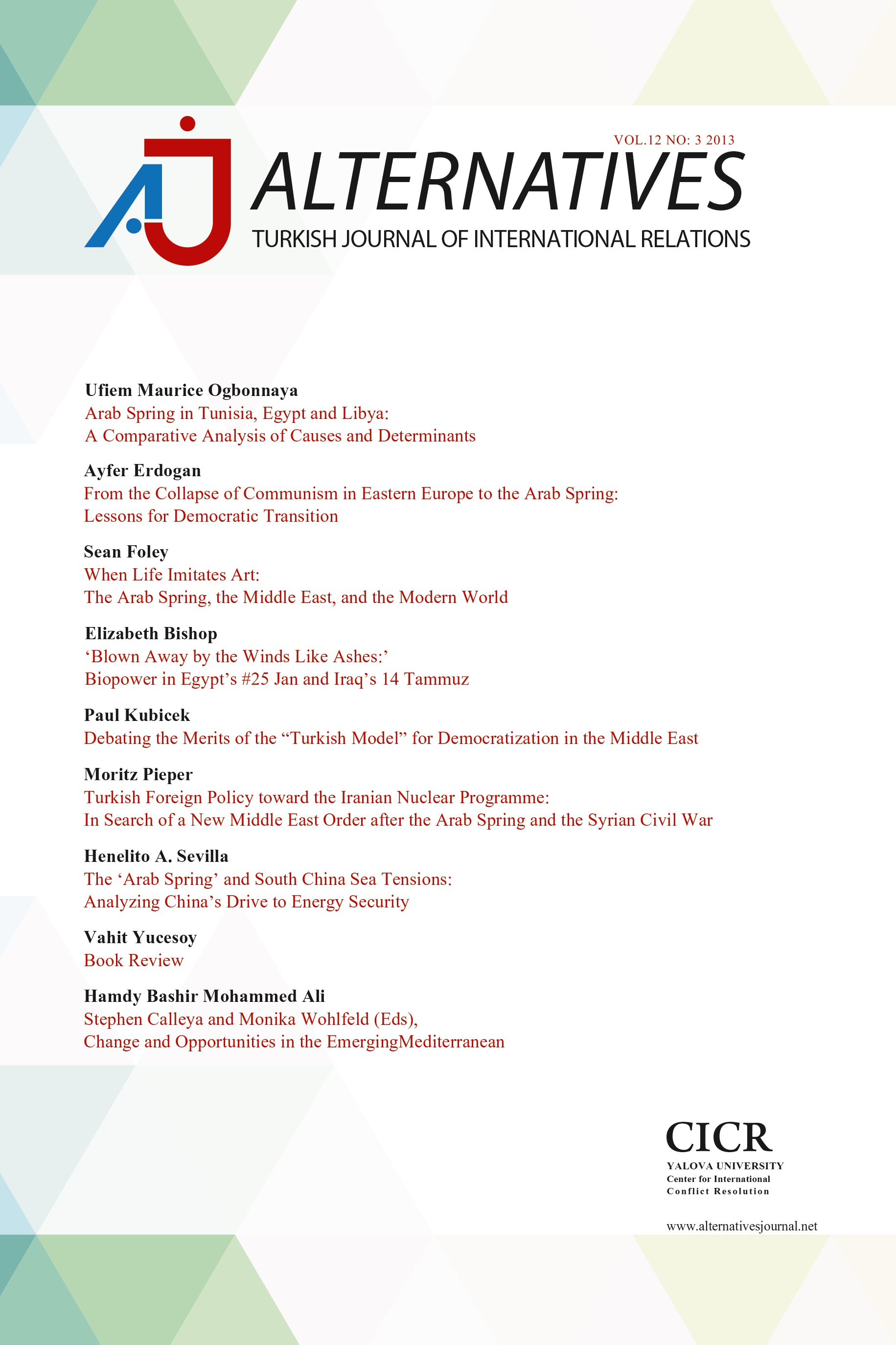Breaking the Vicious Circle of Underdevelopment through Science and Technology: The Case of Least Developed Countries
Since the beginning of the 20th century, the Least Developed Countries (LDCs) have become the main issue of a hot debate on development and under the lead of the United Nations, both the international community and the LDCs themselves spent huge efforts for the LDCs' achieving the goal of sustainable development. Nevertheless, the steps taken so far for the LDCs' development remained insufficient and hence, point out that there is an evident need for designing a different development strategy with a novel perspective. It has been recognized that the previous strategies have been mostly economy-centered and hence, are lacking of the necessary potential to enable the LDCs break the vicious circle that they have been experiencing. This made clear the need for a new conceptualization of the development strategies by including the human dimension. Science and technology (S&T) provided the required solution to fill this gap within the development strategies. Structural transformation, which is essential for the maximum use of both the LDCs' domestic resources and capabilities and of the external aid, has been understood as possible only by integrating S&T to the development strategies. Hence, it has become obvious that solely with making progress in their S&T, LDCs can increase the benefit that they would get from the existing development aids and also can create new and local resources and capacities. This, in the long term, would trigger a development process enabling the LDCs meet their own needs and realize their goal of sustainable development
Keywords:
Least Developed Countries, Sustainable Development, Capacity Building Science and Technology,
- ISSN: 2146-0809
- Yayın Aralığı: Aylık
- Yayıncı: Yalova Üniversitesi
